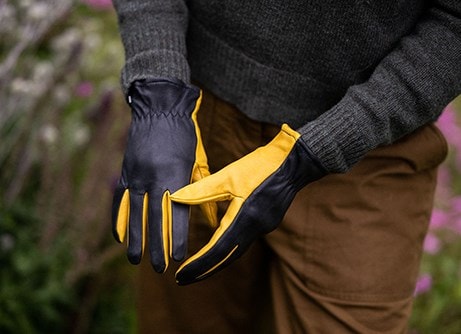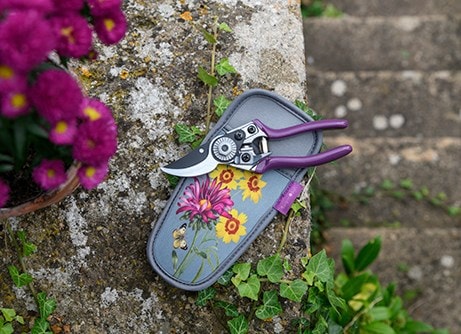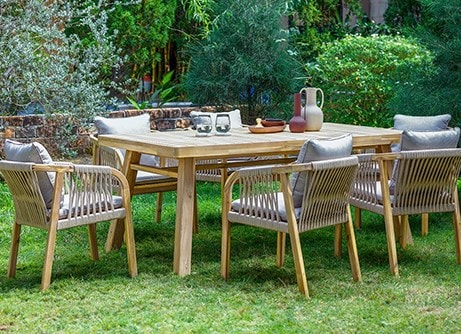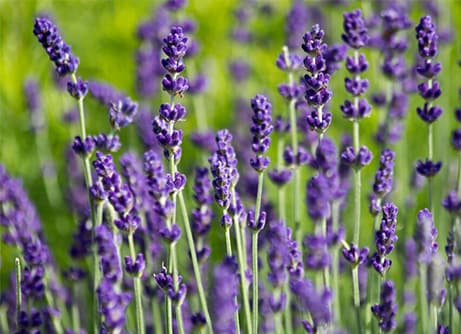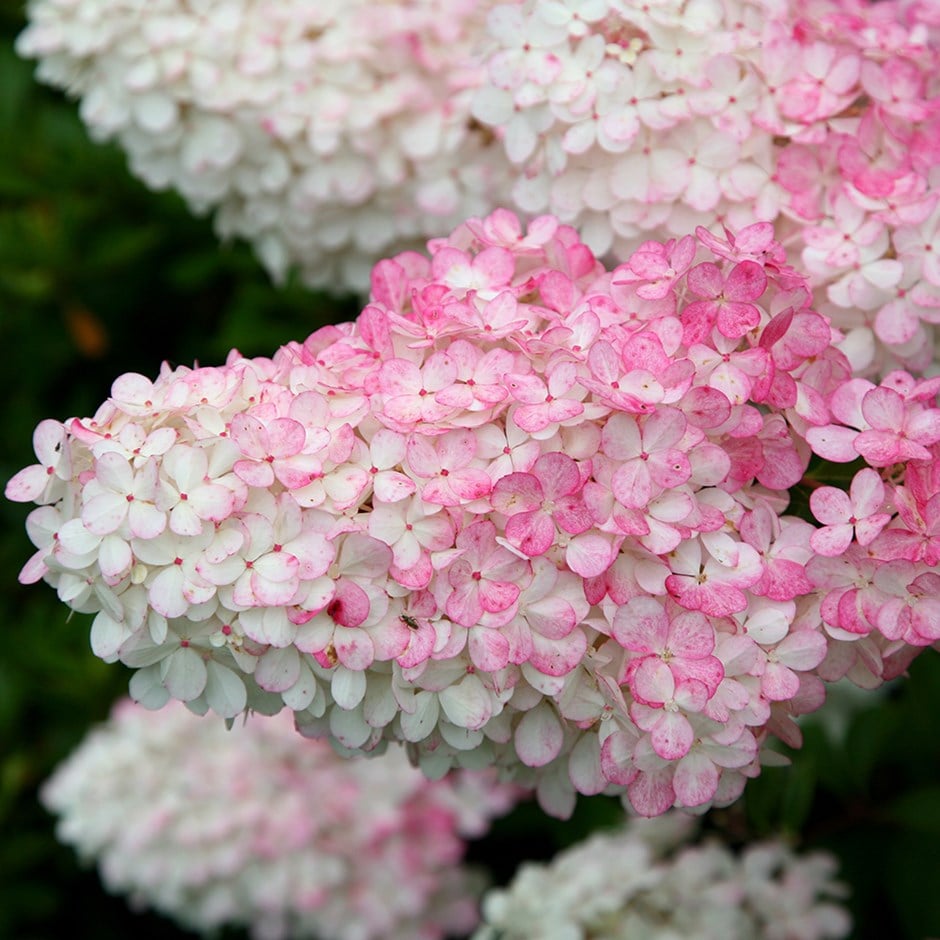
A welcome addition from French breeders, this plant is already an award winner. Loose pyramid-shaped clusters of flowers form at the tips of red-stemmed branches in summer.
The flowers of Hydrangea paniculata 'Vanille Fraise' emerge creamy-white and turn shades of pink as they age, before finally taking on rich red and russet tones. Perfect for adding late summer colour to the shrub border, or for creating an informal, flowering hedge.
The flowers of Hydrangea paniculata 'Vanille Fraise' emerge creamy-white and turn shades of pink as they age, before finally taking on rich red and russet tones. Perfect for adding late summer colour to the shrub border, or for creating an informal, flowering hedge.
How to care for Hydrangea paniculata Vanille Fraise ('Renhy') (PBR):
Choose a spot with partial shade to full sun, though at hotter, sunnier times of the year, partial shade is preferable to protect the blooms and avoid the plant wilting after planting. The soil should be well-drained, rich, and consistently moist, but not waterlogged.
Dig a hole twice the width of the root ball and just as deep, then mix in plenty of organic matter such as compost or well-rotted manure. Place the plant in the hole, backfill with the enriched soil, and water thoroughly. Mulch around the base to retain moisture and keep the roots cool, but keep the mulch away from the stem to prevent rot.
Regular watering is important, especially during dry spells, to ensure the plant establishes well and produces abundant blooms - hydrangeas do not like to dry out.
Once established, to enhance flowering prune hard in late winter/early spring cutting back the previous season's shoots to within a few buds of the permanent, woody framework of the plant.
Dig a hole twice the width of the root ball and just as deep, then mix in plenty of organic matter such as compost or well-rotted manure. Place the plant in the hole, backfill with the enriched soil, and water thoroughly. Mulch around the base to retain moisture and keep the roots cool, but keep the mulch away from the stem to prevent rot.
Regular watering is important, especially during dry spells, to ensure the plant establishes well and produces abundant blooms - hydrangeas do not like to dry out.
Once established, to enhance flowering prune hard in late winter/early spring cutting back the previous season's shoots to within a few buds of the permanent, woody framework of the plant.
Flowering period:
- Jan
- Feb
- Mar
- Apr
- May
- Jun
- Jul
- Aug
- Sep
- Oct
- Nov
- Dec
Eventual height:
2m
Eventual spread:
2m
Position:
Full sun / light shade
Rate of growth:
Average
Soil:
Moderately fertile, moist, well-drained soil
Hardiness:
Fully hardy
-
This shrub is deciduous so it will lose all its leaves in autumn, then fresh new foliage appears again each spring.
-
Humans: Skin allergen; Pets: Harmful if eaten
Product options
Add to basket
Delivery options (pick your preferred option at checkout)
Goes well with
Solanum crispum 'Glasnevin'
Chilean potato tree
From £14.39
View options
| 3 litre pot | 60cm cane | £23.99 |
|
| 9cm pot | 30cm cane | £14.39 |
|
| 3 × 9cm pots | £26.39 |
|
View details
Verbena bonariensis
purple top
From £2.49
View options
| 2 litre pot | £17.99 |
|
| 3 × 2 litre pots | £44.99 |
|
| 9cm pot | £7.99 |
|
| 3 × 9cm pots | £17.99 |
|
| 6 × 9cm pots | £28.99 |
|
| 3 × packets (approx 750 seeds) | £6.00 |
|
| approx 250 seeds | £2.49 |
|
View details


